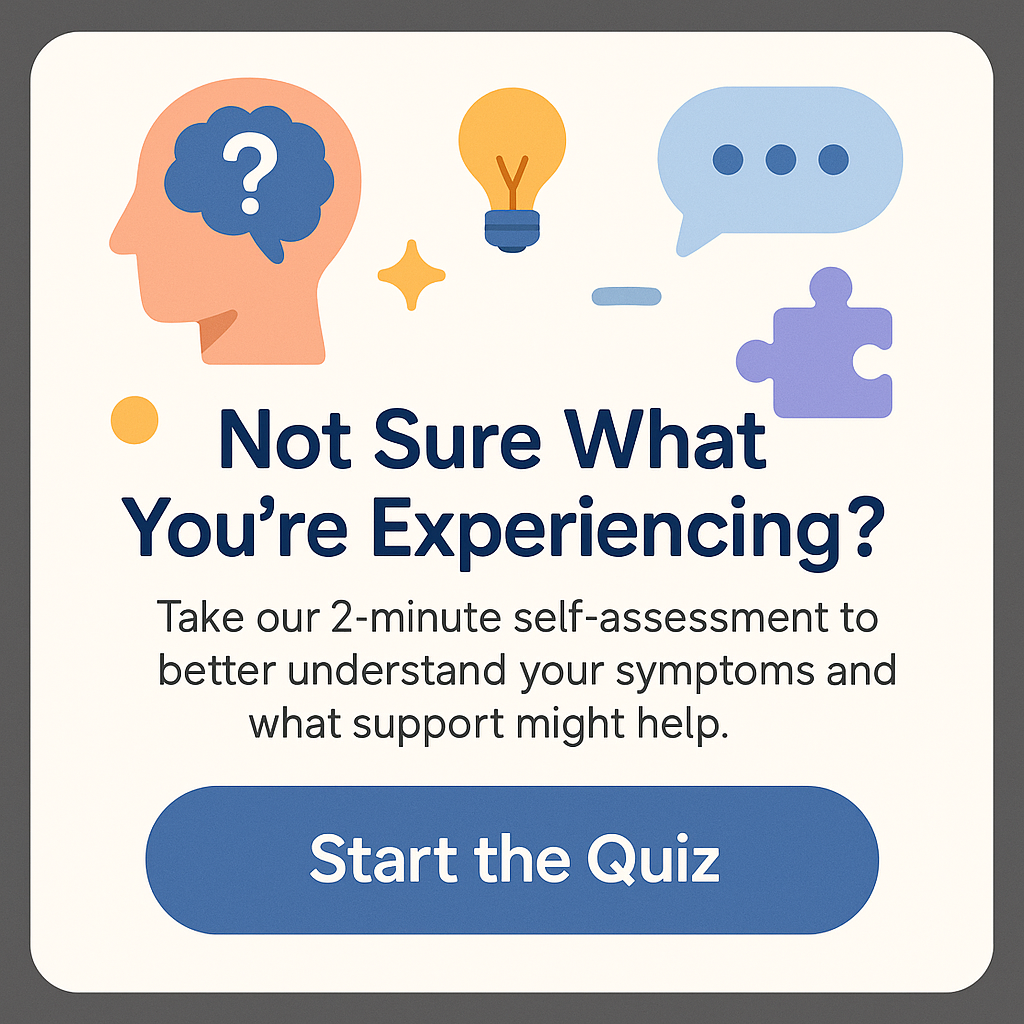What is Type 2 Autism? Understanding the Spectrum
What is type 2 autism? If you’re asking this question, you’re not alone. Autism Spectrum Disorder (ASD) can be a perplexing topic, with many individuals navigating different shades of the spectrum. Type 2 autism typically refers to those who exhibit milder symptoms and have better cognitive and language skills compared to individuals on other parts of the autism spectrum. In this article, we’ll explore this form of autism in depth, helping to shed light on its characteristics, how it differs from other types of autism, and effective strategies for support and treatment.
Characteristics of Type 2 Autism
To understand what is type 2 autism, we need to delve into its specific characteristics. Individuals diagnosed with type 2 autism often display a range of behavioral traits that can be classified as mild to moderate. These might include:
- Social Interaction: People with type 2 autism can often engage in social interactions but may find it challenging to initiate conversations or understand social cues. They may get overwhelmed in social situations but can often develop meaningful connections over time.
- Communication: While verbal communication is usually intact, individuals might struggle with understanding nuances, jokes, or idioms, leading to misunderstandings.
- Repetitive Behaviors: Typically, there are fewer obsessive behaviors or extreme routines in type 2 cases. However, some individuals might have special interests that they focus on intensely.
- Sensory Sensitivities: Like other forms of autism, individuals with type 2 may have heightened sensitivity to light, sound, or touch, influencing their overall comfort level.
Unlike more severe forms of autism, many individuals with type 2 autism lean towards being high-functioning. This does not mean that they don’t face challenges; they often do, but their coping mechanisms and communication skills allow for a more adaptive lifestyle. Awareness of the nuances in type 2 autism can lead to the right diagnosis and better support systems for those on the spectrum. It becomes vital to take into consideration that every individual is different and may present unique features and qualities.
Common Misunderstandings About Type 2 Autism
Now that we’ve laid the groundwork on what is type 2 autism, it’s essential to address some common misconceptions surrounding it. One prevalent myth is that individuals with autism—regardless of type—lack empathy or emotional understanding. In reality, many with type 2 autism are quite empathetic but may struggle to express or interpret emotions clearly.
Another misconception is that therapy and support services are unnecessary for individuals identified as high-functioning. Just because someone can navigate daily life does not mean they don’t require additional support. Access to tailored therapies can help navigate social interactions or manage sensory sensitivities.
Furthermore, there’s a belief that type 2 autism can be outgrown. Autism is a lifelong condition, and while individuals may develop coping strategies or benefit from intervention, they will retain their unique traits and the characteristics of their autism. It’s crucial to recognize that everyone with type 2 autism has their own journey, which includes ups and downs.
Diagnosis and Support for Type 2 Autism
Diagnosing type 2 autism is typically done by qualified professionals using various behavioral assessments and developmental history evaluations. There isn’t a one-size-fits-all approach, and often a multi-disciplinary team—comprising psychologists, speech therapists, and occupational therapists—will collaboratively evaluate the individual.
When it comes to treatment, early intervention tends to yield the best results. Some effective strategies may include:
- Behavioral Therapy: Techniques such as Applied Behavior Analysis (ABA) can help improve social skills and reduce problematic behaviors.
- Speech and Language Therapy: This can aid communication skills and improve the understanding of social nuances.
- Occupational Therapy: Helps with sensory sensitivities and daily living skills, supporting individuals in becoming more independent.
In addition, family support is crucial. Parents and siblings should also be educated about the experiences of their loved one to foster an understanding and supportive home environment. Support groups can also be highly beneficial, providing social contacts for families and individuals alike.
Support Options for Individuals with Type 2 Autism
Based on the information provided on what is type 2 autism, support options can vary vastly, tailoring to individual needs. Here’s a closer look at some effective avenues for support:
- Educational Support: Many schools have programs in place to help students with autism succeed, including Individualized Education Plans (IEPs) that cater to their learning needs.
- Community Programs: Various local programs are designed for social skills training, offering individuals with type 2 autism a chance to practice in safe environments.
- Online Resources: A wealth of information is available on websites such as the Autism Society and the National Autism Association, which provide insights into managing everyday challenges.
The ultimate aim of these support systems is to promote independence and improve the quality of life for individuals with type 2 autism. It’s essential for those involved in the care and education of individuals on the spectrum to remain patient, understanding, and committed. Furthermore, seeking professional guidance based on current research is always recommended since the landscape of autism treatment options is continually evolving.
Conclusion
So, what is type 2 autism? It represents a segment of those on the autism spectrum who may display milder symptoms yet require just as much understanding and support to thrive. Awareness and knowledge can empower individuals, families, and communities to foster environments where those with type 2 autism can express themselves freely while being embraced for their unique qualities. Recognizing the differences, dispelling myths, and emphasizing the importance of tailored interventions paves the way for informed discussions about autism. Let’s continue to educate ourselves and build inclusive spaces where every person, regardless of their place on the spectrum, can flourish.
Frequently Asked Questions
1. What are the symptoms of type 2 autism?
Symptoms often include challenges in social communication, sensory sensitivities, and focused interests.
2. Can type 2 autism be diagnosed in adulthood?
Yes, many individuals are diagnosed in adulthood as awareness of the spectrum has grown, allowing for earlier detection in diverse populations.
3. What treatments are available for type 2 autism?
Common treatments include behavioral therapy, speech therapy, and social skills training tailored to individual needs.
4. How can family members support someone with type 2 autism?
Families can support individuals by understanding their unique challenges, advocating for their needs, and fostering open communication.
5. Are there resources available for parents of children with type 2 autism?
Yes, many organizations provide tools and support, including the Autism Society and local support networks.
What is Autism Mistaken For? Understanding Common Misconceptions
What Does High Functioning Autism Look Like?
Understanding Therapeutic Dogs for Autism: A Comprehensive Guide







